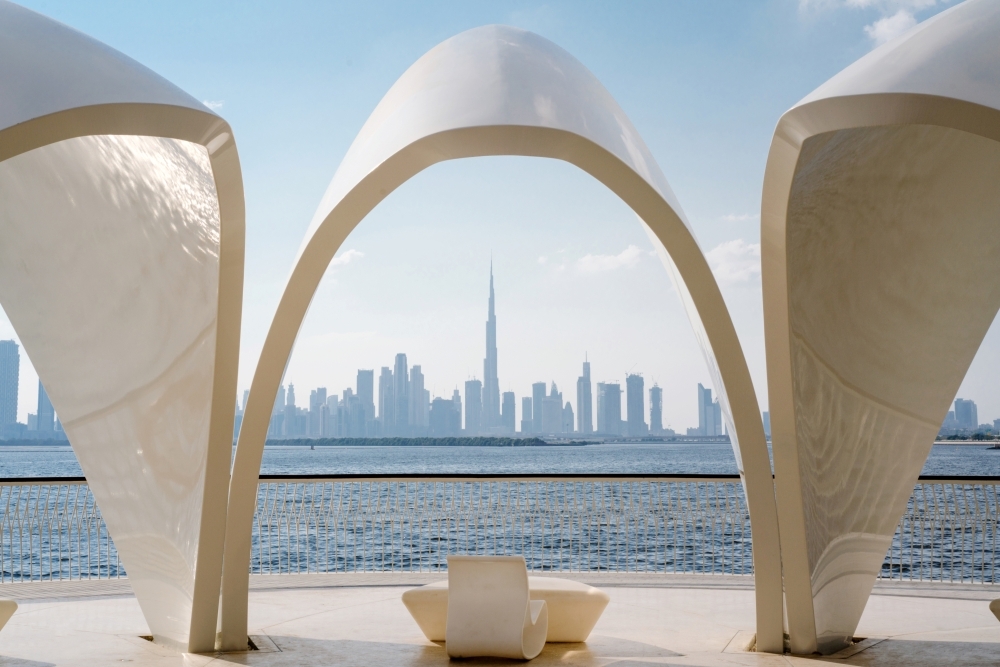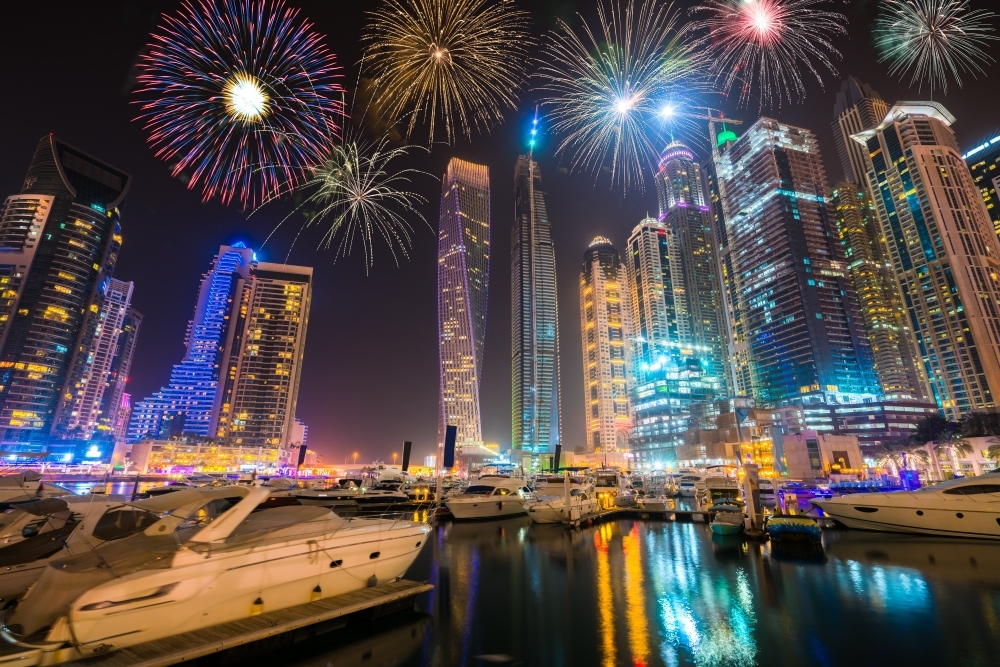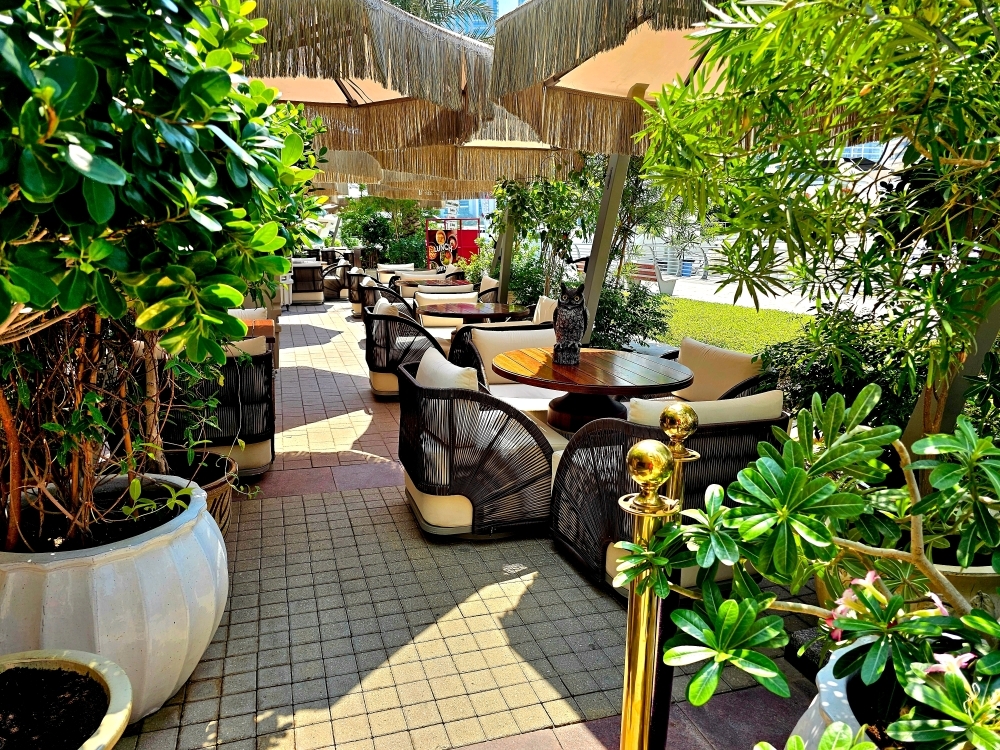A Guide To Valuing Property in Dubai
In Dubai, property valuation is far from speculative. Overseen by the Dubai Land Department (DLD) and conducted by RERA-certified professionals, it’s a structured, regulated process that provides clarity for investors and homeowners – whether they’re securing a mortgage, preparing to sell, or evaluating long-term performance. It anchors both negotiation and strategy, offering an objective measure in a fast-moving market. Valuation is ultimately what determines whether a beachfront villa is worth AED 25 million or AED 20 million, and why a branded residence on the Palm might command a significant premium over its unbranded neighbour with the same square footage. Here’s how property valuation works in Dubai, and why it matters.

Drivers of Value in the Real Estate Market
Dubai’s real estate market is incredibly broad, but regardless of price point, the fundamentals of valuation remain the same. As in most global markets, location is one of the most significant factors. A home in a prime postcode like Emirates Hills will typically command more than a villa in Jumeirah Golf Estates, even if it’s smaller in size. The former averages around AED 3,060 per square foot, while the latter – though still a desirable address – comes in at approximately AED 1,900 per square foot. Proximity to landmarks, road access, views, and school districts all play a role, and in some cases, price differences of AED 500 to AED 1,000 per square foot can be attributed to location alone.
Next comes size and layout. Corner apartments tend to achieve higher values, as do properties with larger plots and floor plans that maximise natural light and privacy. A 3,000 sq. ft. apartment in Downtown Dubai, for instance, will not fetch the same price per square foot as one in the same tower with a corner layout and a Burj Khalifa view. That said, bigger isn’t always better. A slightly smaller home with a more efficient layout might be valued higher, with lower service charges in the years to follow.
Condition and interior quality also play a role, particularly in the upper tiers of the market. High-spec upgrades and designer furnishings can command premiums of 10% or more. The branded residence segment illustrates this most clearly, with premiums reaching up to 42% over unbranded counterparts. Much of that value stems not just from finishes, but from the assurance of quality, consistency, and service associated with a global brand.
How Professionals Arrive At The Number
In Dubai, agents typically rely on three main methods to determine a property’s value. The most common is the comparative method, where recent sales of similar properties are analysed and adjusted based on differences in things like condition, layout, view, or floor level. For example, if a two-bedroom apartment in City Walk recently sold for AED 4.2 million, but the unit being valued has upgraded hardwood floors, a better-facing orientation, and is generating higher rental income, a valuer might reasonably estimate its worth closer to AED 4.4 million. Crucially, these adjustments are backed by transaction data and bank-approved valuation benchmarks, rather than subjective opinion.
When it comes to investment properties, an agent might use the income capitalisation method to value a home. Rather than looking primarily at recent sales or interior features, this approach focuses on how much income the property generates. It works by taking the net annual rental income (i.e. the rent after expenses such as service charges and maintenance), and dividing it by the ‘capitalisation rate’ (or cap rate), which is the typical return investors expect in that area.
In 2024, cap rates in Dubai Marina and Business Bay hovered around 5 to 6% for high-yield properties, while Palm Jumeirah sat slightly lower at 4 to 5%. Using the income capitalisation method, a property generating AED 240,000 in net rental income with a 5% cap rate would be valued at AED 4.8 million. Generally, prime and super prime properties tend to have lower cap rates, as buyers are typically more focused on lifestyle and long-term capital appreciation than on rental yields.
This method is particularly useful for landlords focused on returns rather than lifestyle, and for buyers looking to compare Dubai’s income potential with other global cities.
The third approach, known as the cost method, is used for properties that are hard to compare, like new-builds, fully customised villas, or homes on rare plots. Instead of looking at similar sales or rental income, this method estimates how much it would cost to rebuild the home today. First, the land is valued based on recent sales of similar plots. Then, the construction cost is added, which usually ranges between AED 600 and AED 1,200 per square foot for high-end homes, depending on the quality of finishes.
If the home isn’t brand new, a valuer will also factor in depreciation – a reduction in value based on the property’s age and condition. This approach is especially useful when the land itself is unusually valuable, like a beachfront plot, and when rebuilding would be particularly expensive or time-consuming.
Valuing Off-Plan Properties and Branded Nuances
Valuing homes still under construction is a little less straightforward. Since there’s no resale history to lean on, valuers often look at developer pricing, location benchmarks, and how quickly units are being sold. With high-ticket branded residences, such as Six Senses The Palm or Baccarat Private Residences, launch prices can be well above comparable resale stock. That premium is usually tied to the interior quality, unique amenities, and the scarcity of similar homes in the pipeline. When possible, valuers will reference other branded projects or international prices, rather than rely on guesswork or simplistic square-foot comparisons.
It’s not uncommon for developers to price units above what a valuer would consider fair market value. This is where due diligence becomes essential: if you’re seeking a mortgage, UAE banks will not finance based on optimism or marketing ambitions – they’ll only lend against what a certified valuer determines the home is actually worth. This is why having a well-qualified and experienced agent or valuation specialist is non-negotiable for achieving the right sale price.
Final Thoughts
The real estate market in Dubai is constantly evolving, but valuation remains one of the few reliable tools for navigating change. When done right, it offers a grounded, objective view of a property’s worth, reflecting both its individual features and its place within the wider market. If you're considering selling or simply want a clearer understanding of your home's current value, please reach out to one of our specialists at Dubai Sotheby’s International Realty, who will be glad to assist.



